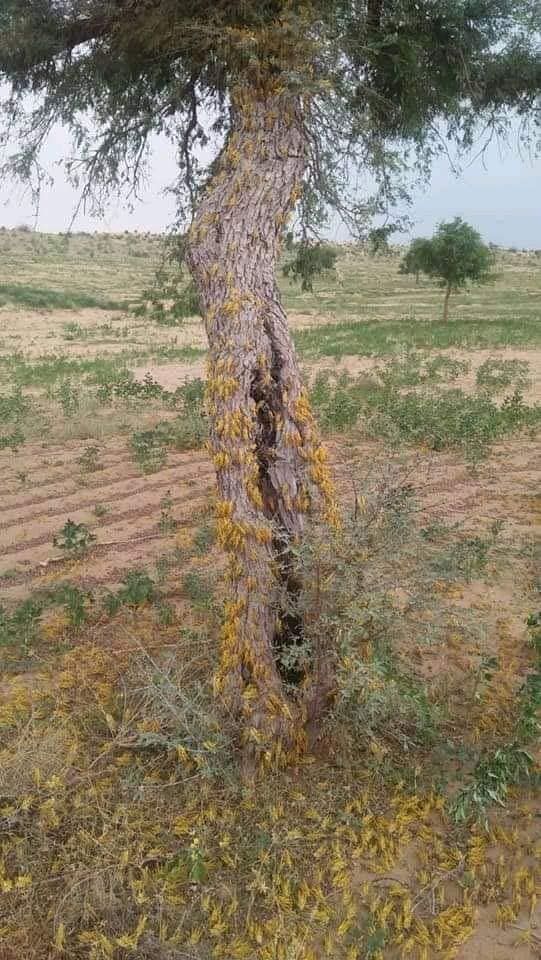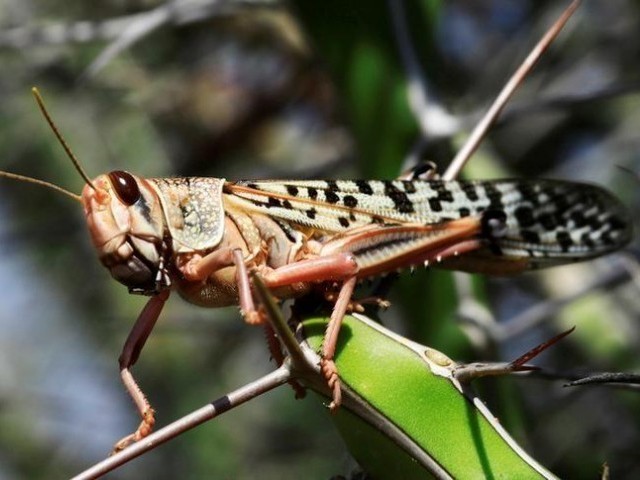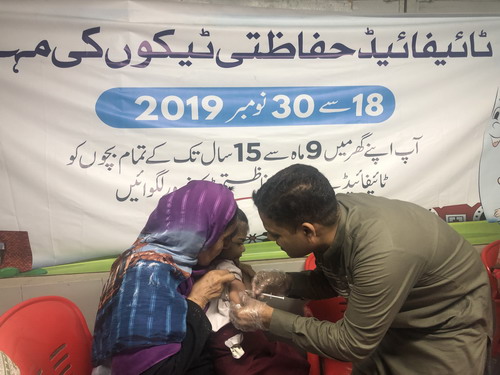By Shujauddin Qureshi
Pakistan may lose 8.71 billion dollars worth agricultural crops during the summer season in case locus destroys 75 per cent of the standing crops, said a senior agriculture scientist and an expert in locust, Dr. Chaudhry Inayatullah, here Sunday.
He was speaking at an online Zoom lecture ‘Locust Attack & Issues of Food Security” organized by Sindh Social Scientists Forum (s social think tank), which was also attended by agriculture experts, a representative of the agriculture department of the Government of Sindh and civil society activists.
Dr Choudhury Inayatullah is an Advisor to the Pakistan Agriculture Research Council, CEO of AWARDS, Consultant EU, and Ex-ARR UNDP and has already worked on Locust issues in Sudan and other South African countries.
According to Dr. Inayatullah, the locust attack during this year is severe and concerted and coordinated efforts of all federal and provincial government departments are essential for the elimination of swarms of locust which are now in billions.
He said it is estimated that if 25 per cent of the crops are damaged during the current season, then the loss will be 2.9 billion dollars and if 50 per cent of crops were eaten up then the losses would be around 5.8 billion dollars.
Monitoring of locust and spraying breeding sites in Pakistan used to be a regular activity, Dr. Inayatullah said adding that last year, the opportunity was missed. Consequently, the country is facing the worst attack the desert locusts, which are present in all the provinces (60 districts).
Controlling desert locust when it is in swarms is an inter-country operation and communication, and early warning to other countries is a key to success, he said. Spraying vast areas is not an ecologically sound practice as it kills all the beneficial insects but in the swarm stage, it is the only way out. The use of semiochemicals is ideal when the locust is at the solitary and transitory phase.
Currently, a spray of pesticides is being done in Pakistan through special aircraft, which have been donated by China to the Government of Pakistan recently.
Explaining the history of the locust attack on earth, he recalled that its history can be traced in Egypt during the Pharoses period and its mention is there in the Islamic scriptures. In recent history, he said it started in African countries in 1993 and spread to Asian countries.
Several chemicals (referred to as pheromones or semiochemicals) are released by the individuals which help in bringing the mates together, keeping the nymphs and adults together, and signalling all the nymphs to mature together and get ready for flight.
Once the season is over, the locusts no longer produce aggregation pheromone but produce antibodies, to it so that the locust disperse (social distancing) as the season is not favourable for its multiplication, this is called as recession stage.

He said he was involved in research in Sudan. The aim of his research was to disrupt communication among individual locusts at their different stages of life-cycle. If the communication is disrupted then the swarms cannot form. It was exactly the same strategy which armies use to disrupt the communication of the enemy.
“I studied the individuals caught from South Africa, Brazil and other countries in the British Museum of Natural History London, and observed that they had the same morphological characteristics as those of the ones which breed in Red Sea coastal areas.”
Dr. Inayatullah said it indicates the vast invasion range of desert locusts. When the locust is in the solitary or transitory phase, it is much easier to control it as its population density is very low, but once the swarms are formed then aerial and ground spraying is the only way out.
Continuous monitoring of desert locusts is essential for their effective control. At solitary and transitory phases it can be effectively controlled by using light/sex pheromone traps, and baits sprayed with lethal fungi and other pathogens on the breeding sites.
“My discovery of sex pheromone in the desert locust was new to science as it could be effectively used to trap all the males without the use of pesticides.” In other insects, the sex pheromones have been used to monitor its population, as a trap and as spraying it over the entire field.
He said if spraying of sex pheromones is done on the entire field then the males are confused in finding the females, they move/fly around continuously and ultimately lose their entire energy and die.
The main breeding area of the desert locusts is the Red sea coastal areas. Last year normal rainfall and temperature were ideal for its breeding and multiplication, which is a natural phenomenon. The second reason was man-made as the war in Yemen also played a role because its regular monitoring and control could not be practised in war-torn Yemen. Consequently, locusts multiplied unchecked and its swarms entered East Africa (Somalia, Kenya, Uganda), other countries in the Gulf, Iran and Pakistan.
The Zoom conference was also attended by Aijaz Ali Khawaja and Uroosa Khatti of SSSF, agriculture expert Dil Nawaz, Saleem Jalbani from the Government of Sindh, civil society activists Zulfiqar Halepoto, , Raheema Panhwar, Shujauddin Qureshi, Latif Nizamani, Abdullah Solangi, Majid Masood and others.



